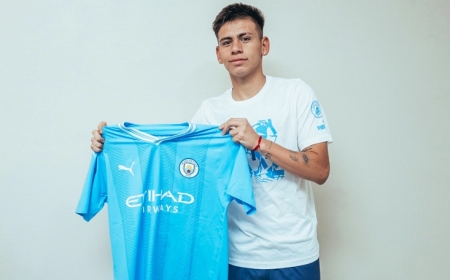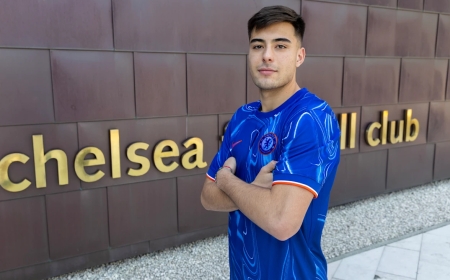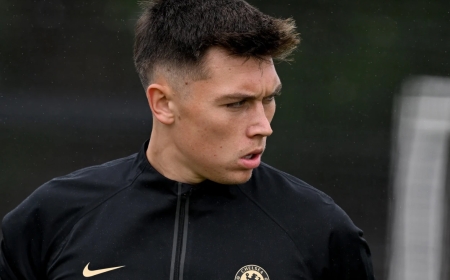Analysis: Will Chelsea be Liverpool's biggest title rivals?
1.
Alex Keble looks at why Maresca's team sit second and whether they can keep challenging at the top
Football writer Alex Keble looks at how Enzo Maresca has turned Chelsea into genuine title contenders.
Enzo Maresca insists Chelsea are not in the Premier League title race, but he won’t get away with that line for much longer.
Chelsea are just four points behind leaders Liverpool and only play one of last season’s top 10 across their next seven Premier League matches
What's Your Reaction?













































